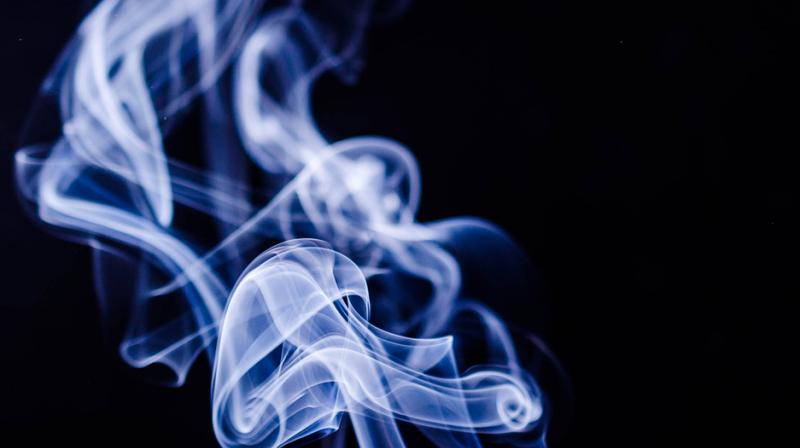Passive smoking increases your risk of heart disease, study warns

New Delhi : According to statistics, about six million people die of tobacco use or exposure to secondhand smoke. This accounts for six percent of female and 12% of male deaths worldwide every year.
Estimates also indicate that by the year 2030, tobacco-related deaths are likely to increase to more than eight million a year around the world. Exposure to the harmful chemicals in tobacco can also occur through second hand smoking or passive smoking, which is an equally serious health hazard. Non-smokers who live with and around smokers stand a 30% higher risk of developing heart diseases.
Second-hand smoke is harmful to children and babies as well and can exacerbate the onset of sudden unexplained death in infants (SUDI), bronchitis, pneumonia, and asthma. Breathing secondhand smoke can have immediate adverse effects on your blood and blood vessels, increasing the risk of having a heart attack.
Speaking about this, Dr TS Kler, Chairman, Pushpawati Singhania Heart Institute, New Delhi said, "Passive smoking or exposure to secondhand smoke is a 'hidden' risk factor for heart disease and needs more awareness and attention. Breathing secondhand smoke can cause the cells in your blood that are responsible for clotting (platelets) to become stickier, making your blood more likely to clot. This can cause a clot to form that may block an artery, causing a heart attack or stroke. People who already have heart disease or are at a high risk of suffering adverse effects from breathing secondhand smoke should take special precautions to avoid exposure even for a brief period."
Burning a cigarette produces carbon monoxide (CO). Red blood cells can absorb CO faster than oxygen. This CO binds to blood cells which are meant to carry oxygen and thus, the heart has to work harder to carry out its functions normally, straining itself in the process.
Adding further, Dr Kler said, "Mainstream smoke contains more than 4000 chemicals, including chemical irritants and about 70 carcinogens. Side stream is also dangerous because while it has a composition similar to mainstream smoke, the concentration of toxins and carcinogens is often higher. Homes and vehicles are the main places of exposure for children. For adults, it is their work place or social environments."
For those with severe buildup of plaque in the arteries, the doctor may recommend coronary angioplasty or CABG (coronary artery bypass grafting). CABG can improve blood flow to your heart, relieve chest pain, and possibly prevent a heart attack. Stents can help keep coronary arteries open and reduce the chance of a heart attack. A stent is inserted into the clogged artery with a balloon catheter. The balloon is inflated and the stent expands and locks in place. This holds the artery open and allows blood to flow more freely.
Here are some ways to avoid exposure to secondhand smoke.
* Don't allow people to smoke in your home. Smoke can linger in the air for hours after. Ask guests politely to smoke outside.
* Don't allow smoking in the car.
* Visit hotels, restaurants, etc. that have a 100% smoke-free environment. Even with a designated "smoking" area, smoke can make its way around through the air and ventilation system.
* Make sure the places where your child spends time, such as daycare, school, or after-school, do not encourage smoking. Ask caregivers and relatives never to smoke around children.
* Lastly, if you smoke, quit right away to ensure good health for you and those around you.

